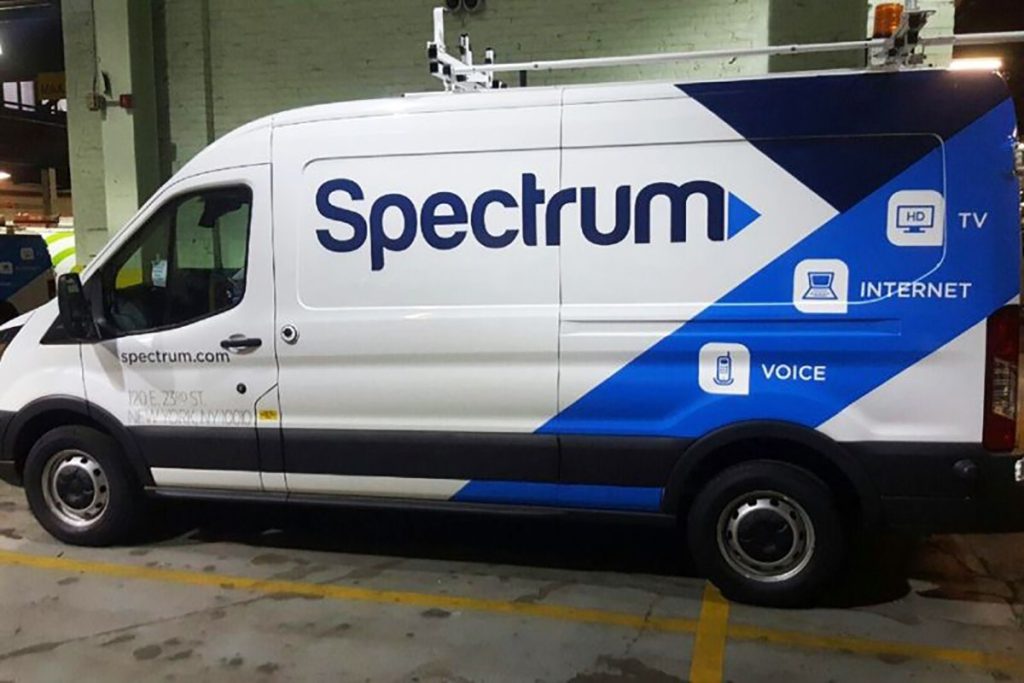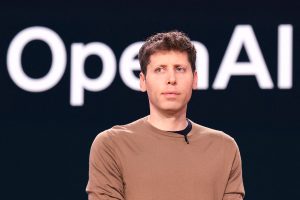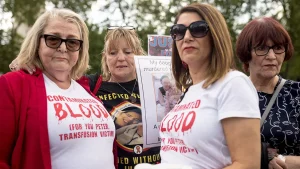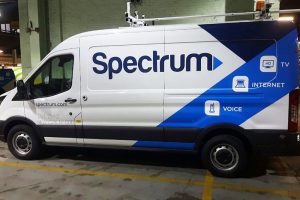The Affordable Connectivity Program Died—and Thousands of Households Have Already Lost Their Internet
…

The Affordable Connectivity Program Died—and Thousands of Households Have Already Lost Their Internet
The Affordable Connectivity Program, which was designed to help low-income households afford internet access, has come to an abrupt end, leaving thousands of families without access to the vital resource. The program, which was part of the Federal Communications Commission’s efforts to bridge the digital divide, provided subsidies to eligible households to help cover the cost of internet service.
However, due to budget constraints and political disagreements, the program was unable to secure the funding needed to continue operating. As a result, many households that relied on the program for internet access have been left in the lurch, struggling to stay connected in an increasingly digital world.
Without internet access, these households are at a significant disadvantage when it comes to education, job opportunities, healthcare, and even basic communication. Many families are now forced to rely on public wifi hotspots, which can be unreliable and insecure, or go without internet access altogether.
The implications of this loss of connectivity are far-reaching, affecting not only individual households but entire communities. Without access to the internet, children struggle to keep up with their homework, adults have difficulty finding and applying for jobs, and seniors are cut off from vital services and social connections.
Efforts are being made to find alternative solutions for those affected by the demise of the Affordable Connectivity Program, but the future remains uncertain for many households. It is clear that more needs to be done to ensure that all Americans have access to affordable and reliable internet service, regardless of their income level.
As we grapple with the fallout from the end of this vital program, we must come together as a society to address the digital divide and work towards building a more equitable and connected future for all.





